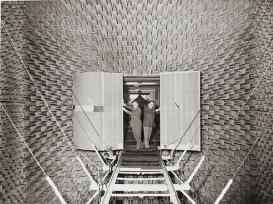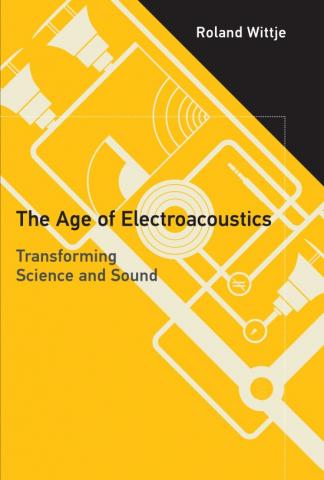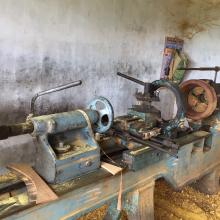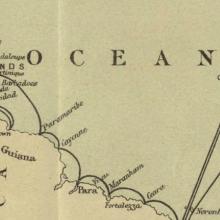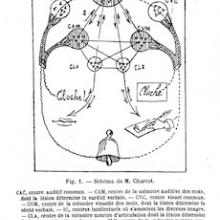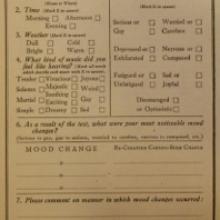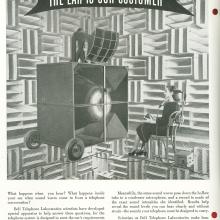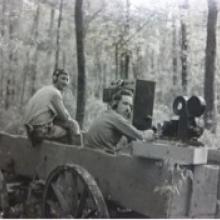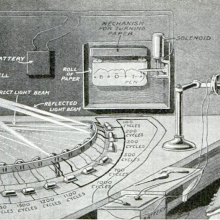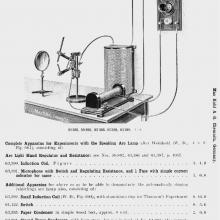What are the boundaries of hearing? By what parameters has hearing been measured and defined? From individuals to populations, humans to plants to whales—Who and what have been the subjects of hearing tests? When does hearing become feeling? How has hearing been tested by new instruments and practices? How has hearing been used as a means of testing other phenomena, instruments, and practices?
The Working Group takes a three-part approach to the intertwined subjects of testing and hearing:
1. Hearing tests as cultural practices. Hearing tests are situated in the dual histories of scientific experimentation and medical diagnosis, broadly defined, and occur within various scientific disciplines, the arts, and industry. The Group regards testing as a cultural technique of assessment, standardization, and calibration (of both equipment and the tests themselves) and not necessarily open-ended experiments.
2. Perceptual and cultural challenges to the boundaries of hearing. Across the sciences, the arts, and industry, auditory thresholds have been defined and maintained through an interplay between experimental subjects and psycho-techniques (historical tests of “perfect pitch,” sensitivity to loudness or frequency, and the determination of cross-perceptual thresholds, for example). In turn, these tests rely upon particular modes of defining and representing hearing ranges, from descriptive accounts to statistical graphics. We explore the consequences of such threshold tests—the relationship between measurement and identity, cultural possibilities for “normal hearing,” policy changes, the creation of new sounds and devices, etc.
3. Hearing tests as tools for the evaluation of data, selves, communities, and objects. If hearing is an object of evaluation, it is also a tool of evaluation that puts human individuals and communities, animal species, plants, and non-organic materials to the test. This approach calls for a focus on the use of sonification and audification in various fields to analyze non-acoustic data. It also includes the inverse: the graphic representation of sonic data such as in forensic science, underwater acoustics, or bioacoustics.

